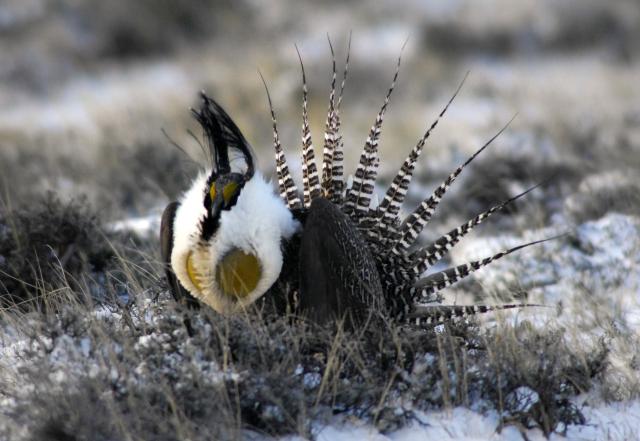Related Stories
- Protecting lands and communities: Shaila Pomaikai Catan
- Celebrating the power of public lands through tourism and community impact
- Top 5 things to know about the Comprehensive Animal Welfare Program
- First 100 days: BLM drives energy expansion and national strength
- BLM Recreation Sites Available to All: Exploring Accessibility on Colorado’s Public Lands
Office
PO Box 151029
Denver Federal Center- Building 40
Lakewood, CO 80215
United States
Phone:
Email:


